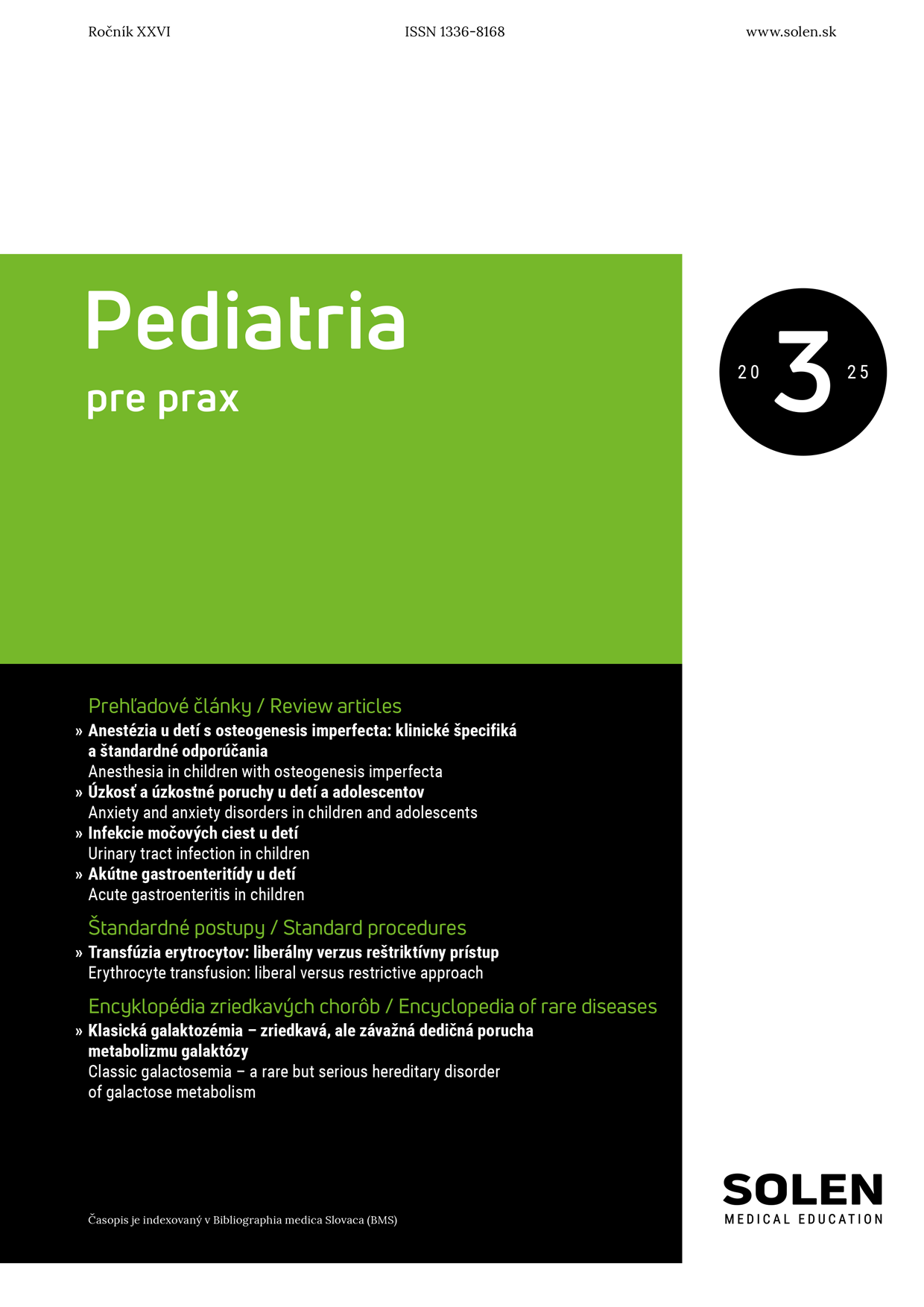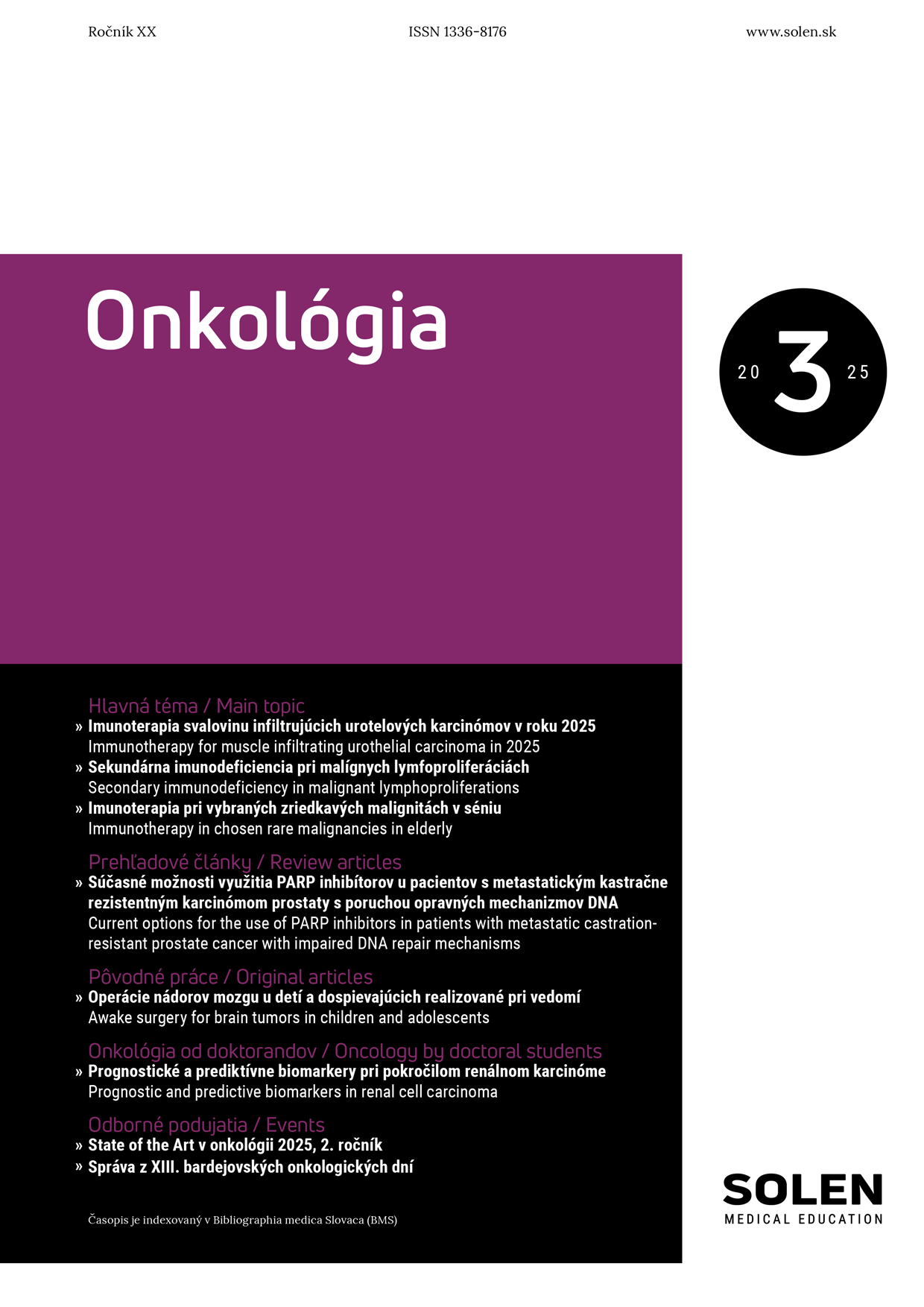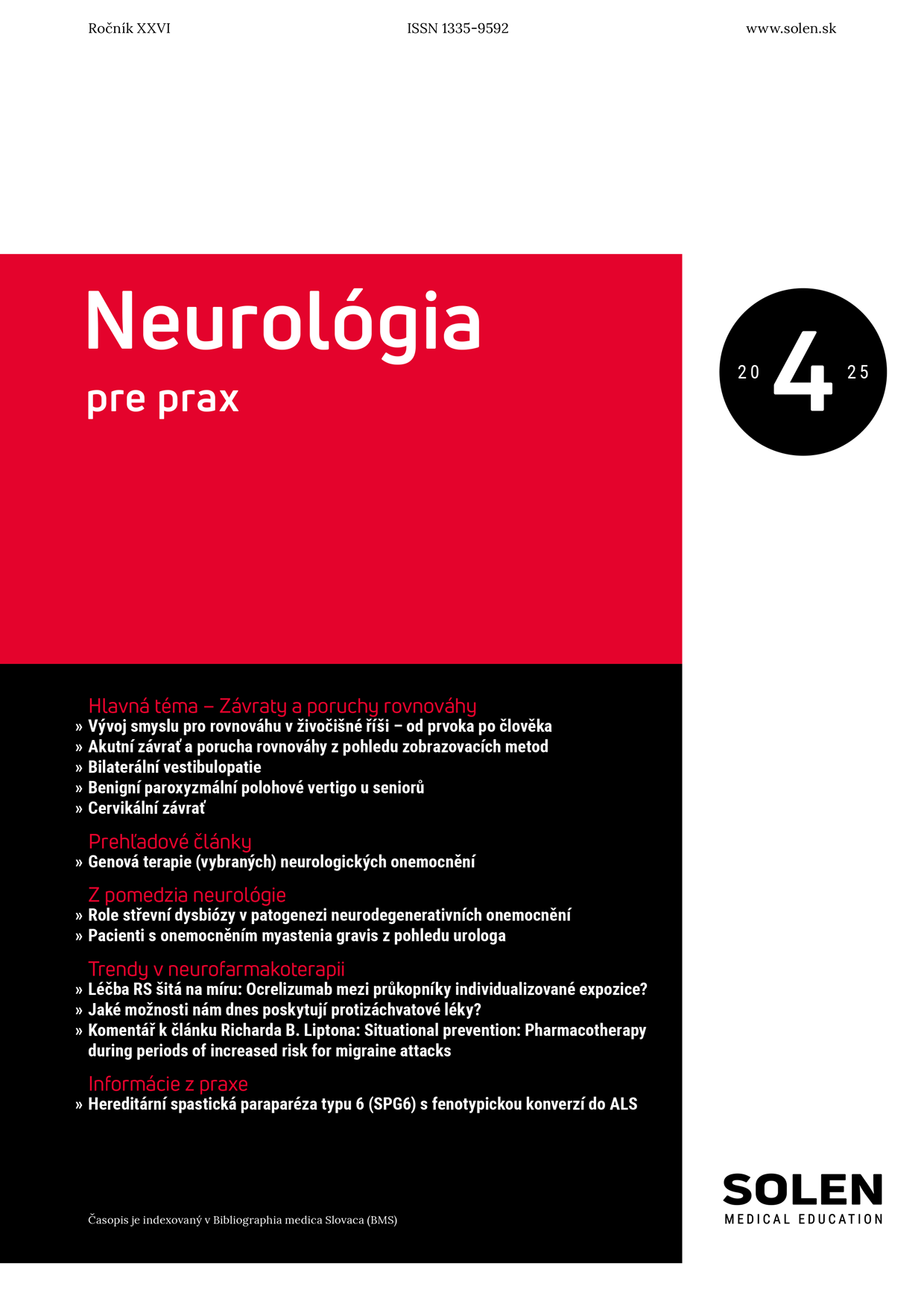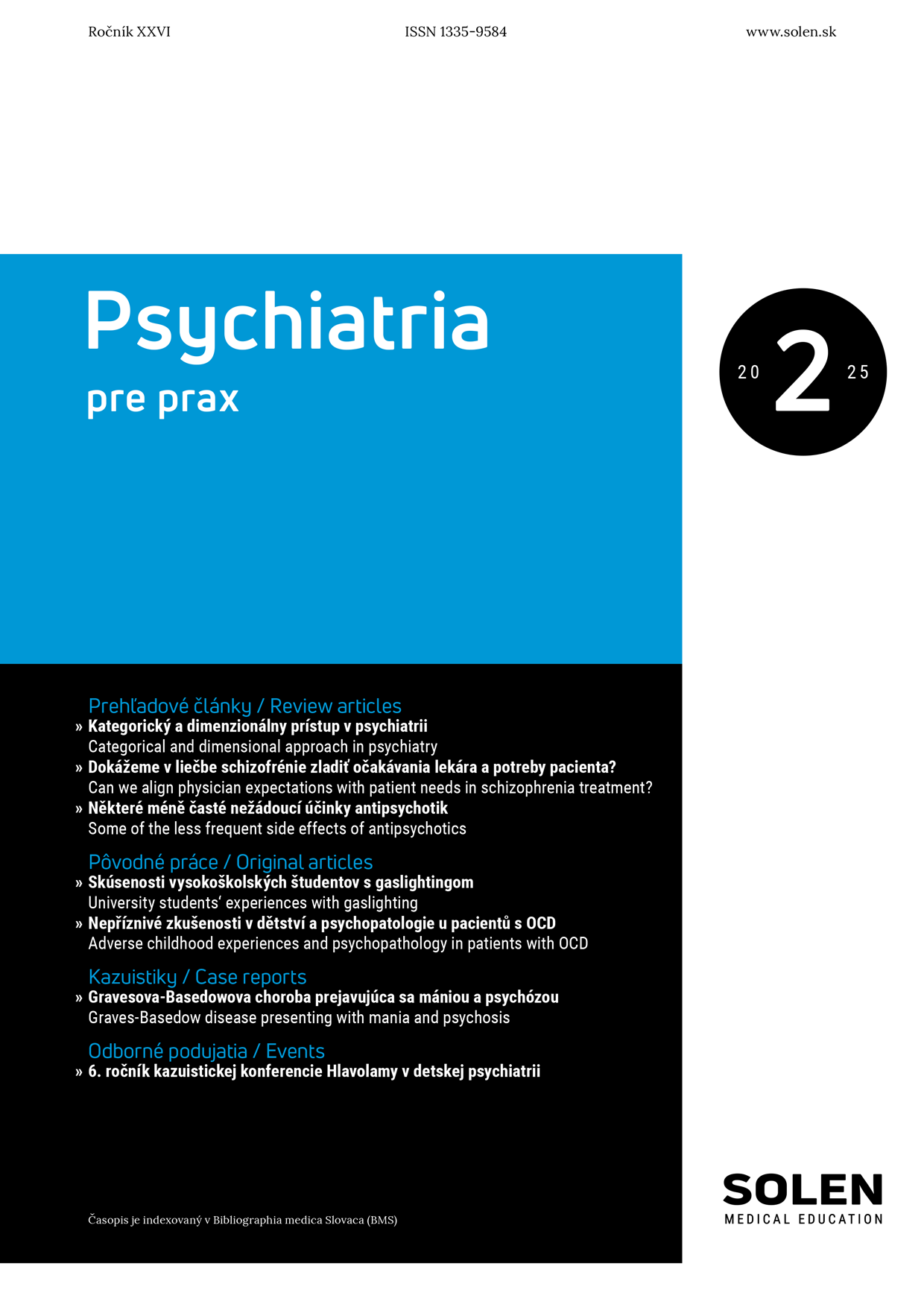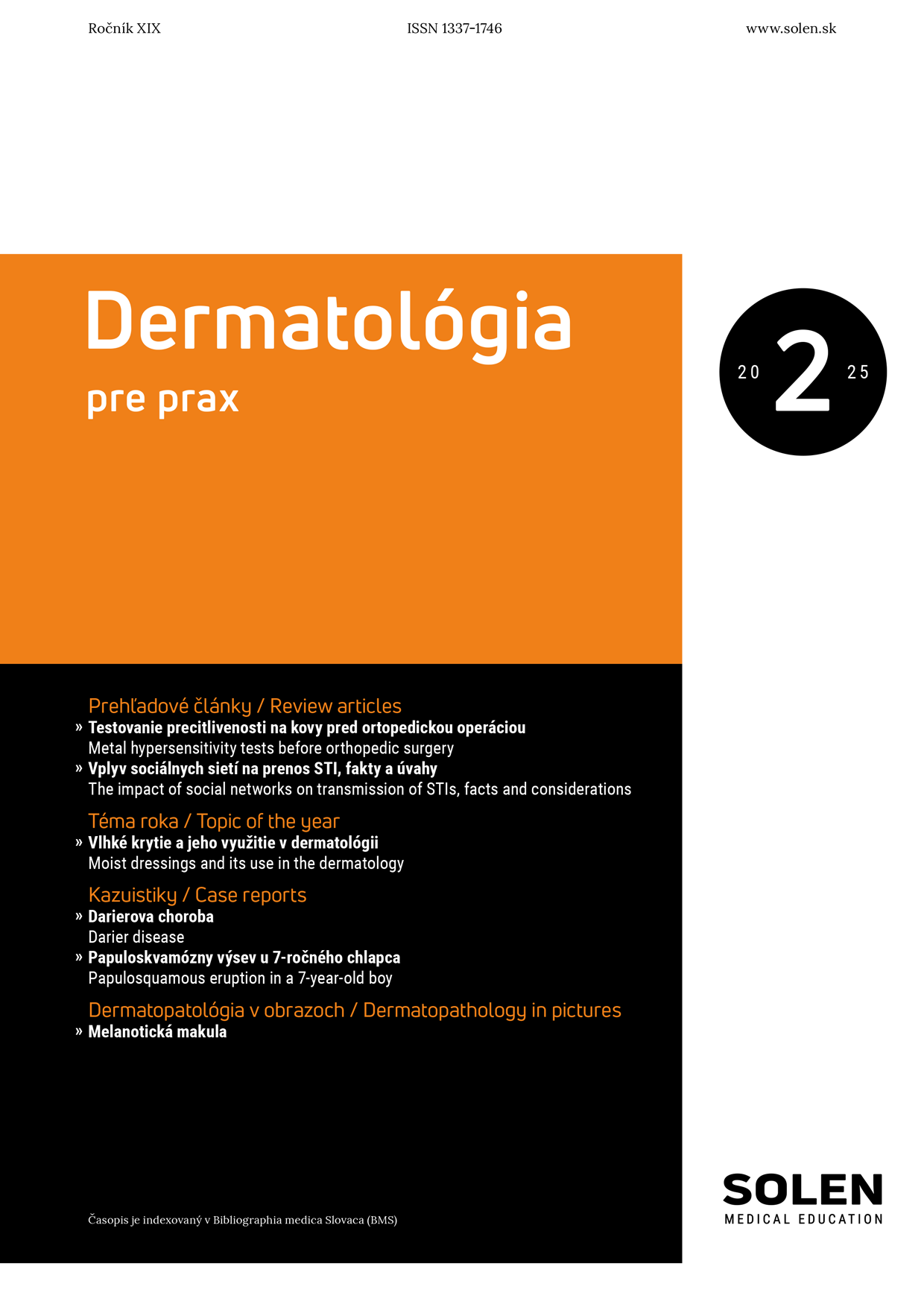Psychiatria pre prax 4/2013
The incidence of depressive and anxiety symptoms in patients with cardiovascular disease
The link between psychological factors and cardiovascular disease (CVD) is now fully accepted. We have a number of compelling evidence that depression is an independent risk factor for the development of CVD as well as for worsening prognosis existing CVD, which is involved in the subsequent rise in mortality. Some of the symptoms of depression and anxiety associated with impaired cardiovascular parameters more than others. The aim of our following was to determine the incidence of depressive and anxiety symptoms in patients with CVD. Median age was 64 years. For the purpose of following was used Zung Depression Rating Scale and Beck Anxiety Inventory. The research data were collected in two cycles. To describe the demographic and clinical variables was used descriptive statistics and to identify the link between depression and anxiety simple linear regression. The total number of patients who filled Zung Depression Rating Scale at first measurement was 50. The mean SDS index was 41.08 (SD = 9.06). Nine patients (18%) were SDS index ≥50, that they were present signs of depression. In the second measurement completed the questionnaire only 40 patients. The mean SDS index was 49.18 (SD = 12.44). SDS index ≥50 has reached 16 (40%) patients. Raised the hypothesis that the incidence of depression in patients with CVD is higher than 20%, was confirmed at second measurement. The average score was anxious at first measurement of 9.14 (SD = 7.19), the second measurement of 10.33 (SD = 8,45). Signs of anxiety (score ≥7) showed for the first measurement of 31 patients (62%) in 2 measurement 25 (63%) patients. We found that the SDS index of depression and anxiety scores at 1 measurement confirmed the linear dependence on the significance level of p = 0.024 (correlation coefficient r = 0.35). It also confirmed a linear relationship between the difference in the SDS index between 1 and 2 measuring a difference in anxiety scores between 1 and 2 measurement (p < 0.01, r = 0.60). Among the limiting factors can include small file, anincomplete return questionnaires with the passage of time, use only selfassessment questionnaires, relatively high average age of patients with multiple co-morbid somatic illnesses, small proportion of patients after acute coronary syndrome and absence of cardiovascular parameters (except blood pressure), according to which we should consider the cardiovascular status of patients perspective. In our following we have confirmed depressive symptomatology in patients with CVD (18-40%) and also the occurrence of anxiety symptoms (63%), which in hindsight linearly increasing with depressive symptoms, which could indicate the need for closer cooperation cardiologist and a psychiatrist or psychologist.
Keywords: depression, anxiety, cardiovascular diseases.


